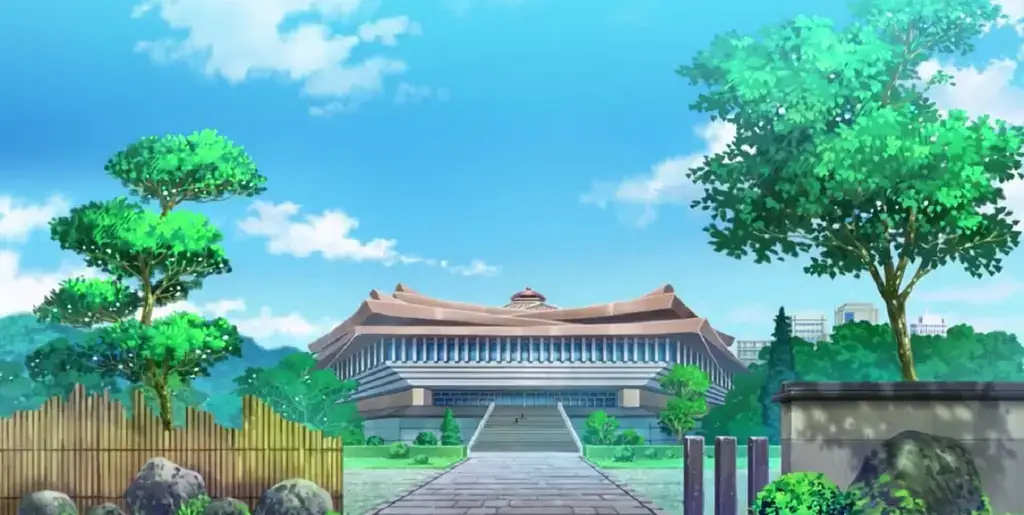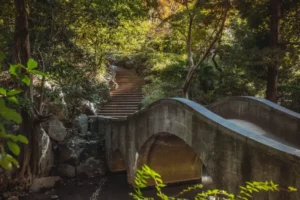Fans of Pokemon Gold, Silver, and Crystal remember the Johto region as one of the most culturally rich areas in the franchise. Many don’t realize that Japan’s Kansai region heavily inspires Johto. From ancient temples to bustling ports and vibrant nightlife, each Johto city reflects key elements of its real-world counterpart. So, for Pokemon fans looking to relive their childhood, visiting these cities brings the world of Johto to life.
Table of Contents
ToggleGoldenrod City (Osaka)
Goldenrod City stands as Johto’s largest and most urbanized area. Its towering Radio Tower, department store, and magnet train station define the skyline. The city brims with energy. It matches the vibe of Osaka. Osaka is Japan’s third-largest city and a major commercial center. Skyscrapers and entertainment districts fill the city. The atmosphere also feels casual and friendly. Together, these create a dynamic urban experience. Goldenrod’s streets draw heavily from Osaka’s Dōtonbori district and Umeda shopping areas.
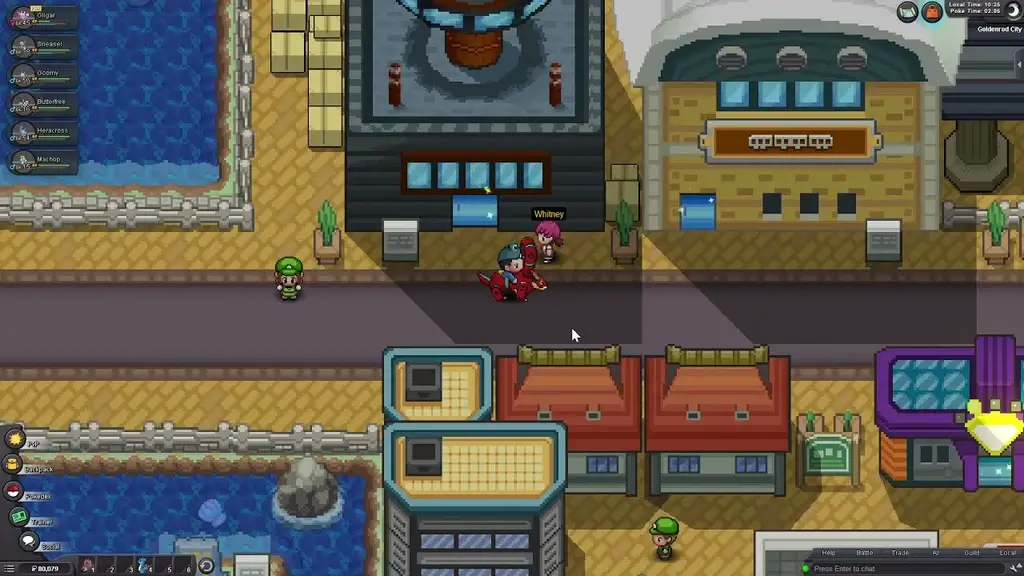
Goldenrod’s magnet train reflects Japan’s high-speed rail culture, and Osaka is a central point for major train lines, including the Shinkansen. Its Underground Path mirrors Osaka’s underground shopping malls, such as the ones beneath Namba Station. For travelers, Osaka offers the same blend of energy, accessibility, and excitement that makes Goldenrod the beating heart of Johto.
Ecruteak City (Kyoto)
Ecruteak City is steeped in tradition and myth, famous for its ancient towers, ghost stories, and historical weight in Johto’s lore. It’s also home to the Bell Tower and the Burned Tower. Kyoto, the real-world inspiration, is Japan’s former imperial capital and a city defined by its centuries-old temples and shrines. Moreover, the Bell Tower draws direct inspiration from Kyoto’s Kinkaku-ji, a stunning temple covered in gold leaf set on fire in 1950 by a monk.

The Burned Tower’s tragic history matches Sai-ji, a Kyoto temple destroyed by fire in 1233 CE and never rebuilt. Ecruteak’s respect for the past and harmony with nature echoes Kyoto’s cultural mindset. Traditional dance and kimono culture, mentioned in the game’s Dance Theater, are parts of Kyoto’s identity. Kyoto offers a look into Pokémon’s spiritual and aesthetic design, making it a must-visit for those wanting to experience the heart of Johto.
Violet City (Nara)
Violet City starts a more traditional and educational part of Pokémon, featuring the Sprout Tower, and fits perfectly with Nara, a city that served as Japan’s first permanent capital. Just like Sprout Tower sways in the wind but never falls, Nara’s temples have withstood the test of time. The tower was inspired by Kōfuku-ji and Hōryū-ji, two famous five-story pagodas, with Hōryū-ji being the world’s oldest surviving wooden structure.
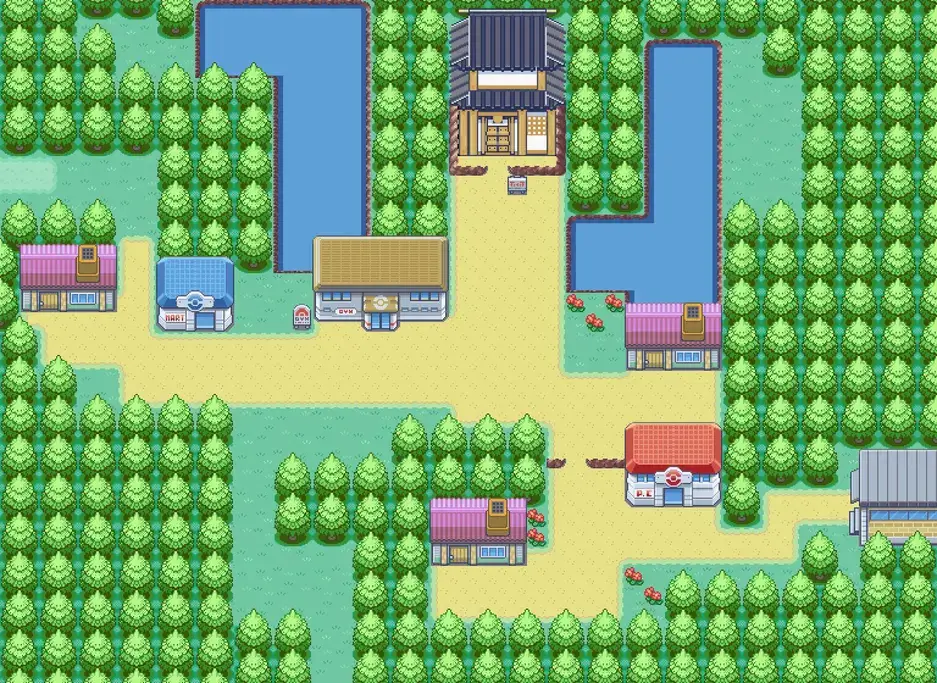
Generally the city introduces the concept of early Pokemon education through its academy. This reflects Nara’s reputation as a center of early Japanese culture and learning. With its peaceful layout and distant mountains, the city’s slower pace and connection to nature feel directly lifted from Nara’s. Moreover, Nara’s famous deer, which roam freely around temples and parks, could even be seen as an inspiration for the pleasant feel of Violet City.
Are you looking for great snacks while visiting the real-life Johto? Check out Sakuraco! Sakuraco delivers traditional Japanese snacks, sweets, tableware, and more from local Japanese makers right to your door, perfect for a pleasant snack time at home!
Olivine City (Kobe)
Olivine City is a coastal port famous for its lighthouse and strong ties to seafaring. It also plays a key role in Johto’s connection to other regions. The glittering lighthouse, home to Ampharos, overlooks the ocean and guides ships to safety—an image that draws direct parallels to Kobe, a major port city in Kansai. Kobe is known for its maritime heritage and was one of the first Japanese ports to open to international trade.
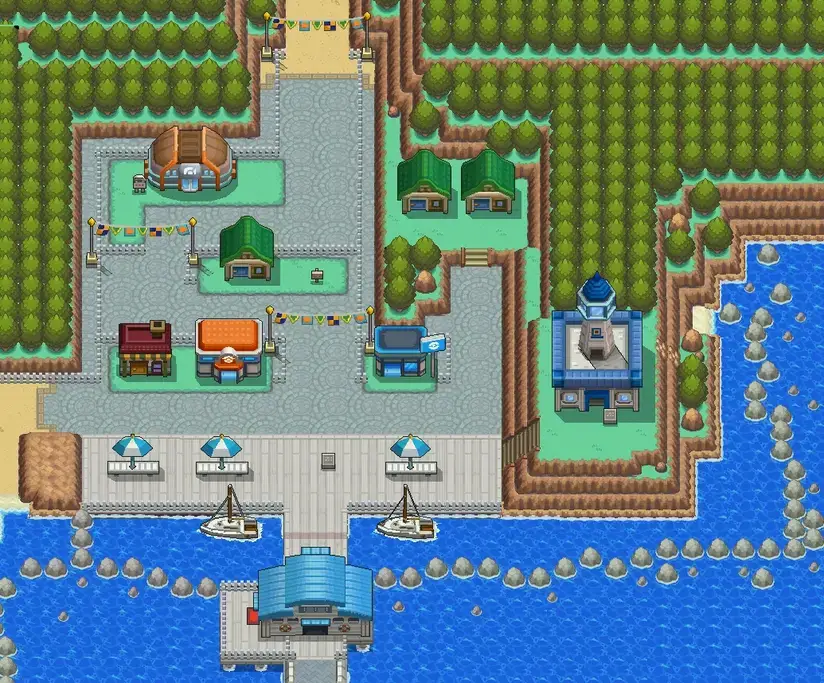
The elegant waterfront and iconic Kobe Port Tower reflect Olivine’s refined yet vital role in the storyline. Even the S.S. Aqua, the ship from Olivine to Kanto, mirrors the ferry routes connecting Kobe to other parts of Japan. Not to mention, the presence of Jasmine, a strong yet gentle Steel-type Gym Leader, mirrors Kobe’s resilience, especially following the devastating 1995 earthquake and its remarkable recovery.
Why should I visit cities based on the Pokemon Johto region?
Visiting Osaka, Kyoto, Nara, and Kobe offers Pokemon fans a chance to experience the real-world inspiration behind Johto. Fans will find echoes of familiar places and stories in both the sacred towers of Kyoto and the bustling streets of Osaka. The details that make Johto immersive come from real architecture and landscapes. Features like the swaying Sprout Tower and the lighthouse are rooted in actual places. It’s a pilgrimage through the creative heart of Pokémon.

These cities are also fantastic travel destinations beyond their Pokemon connections. Each one offers unique food, culture, landmarks, and experiences that make them worth exploring. Pokemon fans also will appreciate how deeply the games pulled from these places, but even non-fans will find something to love. From the deer of Nara to the bay views of Kobe, each city feels like the Johto region come to life. Have you ever visited any of these cities? Did you know about these connections? Let us know in the comments below!
Sources
- The Gamer. “Pokemon: 10 Johto Locations You Can Visit In The Real World“
- Japan National Tourism Organization. “DESTINATION Kansai“.
- Kyoto City Official Travel Guide. “Temples & Shrines“.

